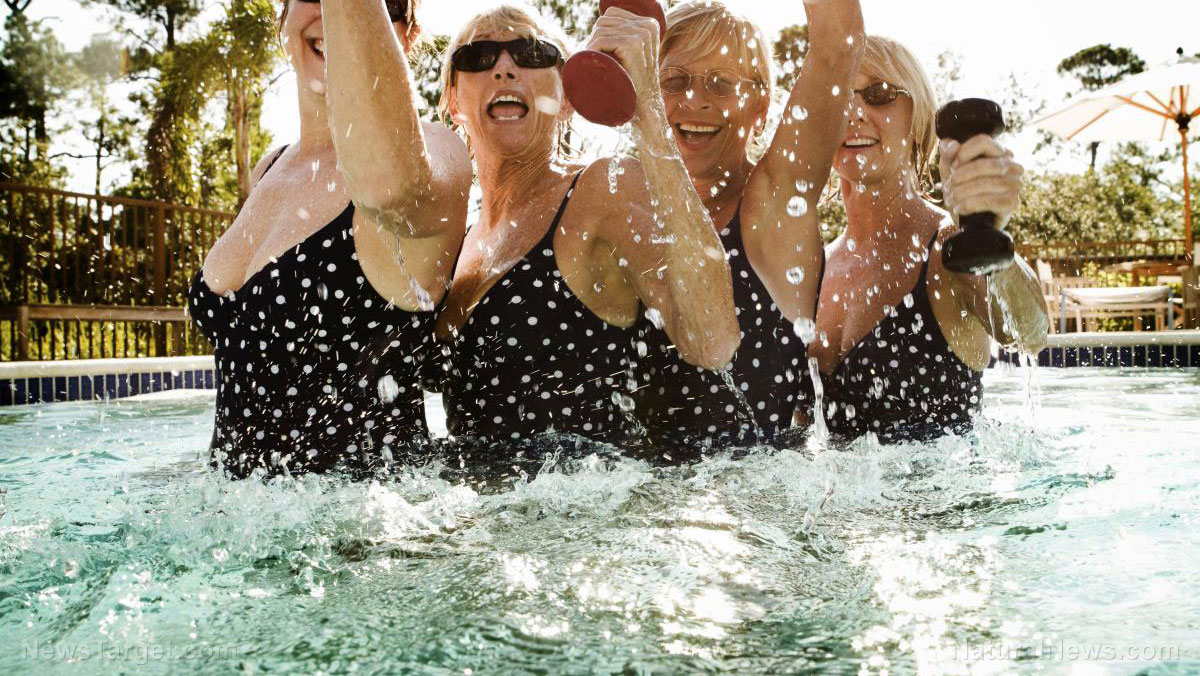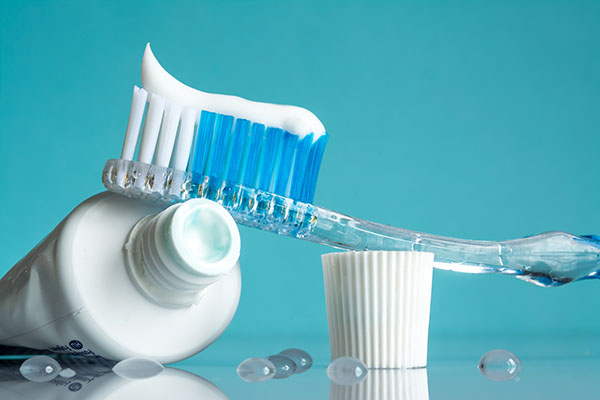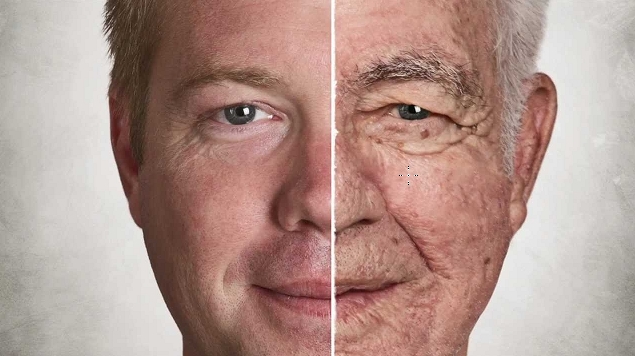
Over 30 million people in the U.S. have osteoarthritis, making it the most common form of arthritis for adults. The condition – also known as degenerative joint disease or "wear and tear" arthritis – occurs when the cartilage and bones within a joint start breaking down. Osteoarthritis commonly occurs in the hands, hips, and knees, where it develops slowly and gets worse over time. People with osteoarthritis experience pain, swelling, and stiffness in the affected joints – which can even lead to disability. Currently, there is no known medical cure for the condition, and treatments are focused on either managing current symptoms or preventing further progression of the disease.
In their study, which was published in Cochrane Library, the team sought to investigate the efficacy of aquatic exercises for people with knee or hip osteoarthritis – or both. Researchers qualified the term "aquatic exercise" as any physical activity done while the person is immersed in water, usually with a temperature between 86 F to 97 F (around 32 C to 36 C). Researchers enrolled 13 trials with a total of 1190 participants in the review in the study. Most participants included in the review were female, with an average age of 68 years.
The trials reviewed included treatment courses of aquatic exercises that lasted up to 12 weeks. Those who finished the program rated their pain to be lower than those in the control group. Similar trends were seen in ratings for disability and quality of life, with improvements noted immediately after completing the course. No adverse side effects were reported during treatment.
"Aquatic exercise for people with knee and hip osteoarthritis will probably improve pain, disability slightly, and may improve quality of life slightly immediately after completion of a treatment course," noted Else Marie Bartels, the lead author of the study. "Given that there were no serious side effects and that there is currently no cure available for osteoarthritis, trying out an aquatic exercise program in addition to regular care may be an option for clinicians to recommend and for patients to consider." (Related: Is exercise essential for rheumatoid arthritis?)
Getting started on water exercises
Aquatic exercises are great for people with joint conditions such as arthritis: The warm water provides warmth and support, allowing affected joints to be exercised. It also relaxes the muscles and relieves pain, which is essential for a good night's rest. Before diving in and starting, here are some guidelines from the Arthritis Foundation for doing exercises in water.
- Submerge the body part that will be exercised.
- Move it slowly and gently.
- Follow through a complete range of motion, but don't overdo it.
- Stop if you experience sharp or increased pain.
- If the pain lasts for more than two hours, it may be an indication of overworked muscles.
- Individuals with severe joint damage should seek the advice of their healthcare professional before starting water exercises.
Here are some hip and knee exercises to get you started once you're in the pool.
- Knee bend – While sitting down, slowly raise one foot up to straighten out the knee, and hold it straight for three seconds.
- Knee-to-chest – Sit straight, then lift one knee until it touches the chest. Put your hands over the knees to help with the stretch.
- Leg swing – Stand with the pool wall on your left, holding on to it for balance. Keeping the knees straight, slowly lift the right leg forward up to a comfortable height. Hold the position for at least five seconds, then bring it back. Turn and repeat for the other leg.
- Knee lift – Stand with your back against the pool wall. Raise the knee until the thighs become parallel to the surface of the pool. Straighten the knee, then bend again.
Learn more about water exercises and how it helps other conditions at Slender.news.
Sources include:
Please contact us for more information.























